SCIENTISTS have finally solved the 800-year-old mystery surrounding a "Well-man" from an ancient Norse saga.
Years have been spent performing DNA analysis on human bones found in a well at Norway's Sverresborg Castle.
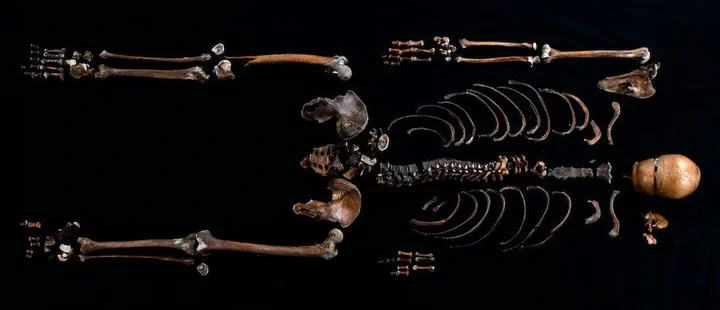
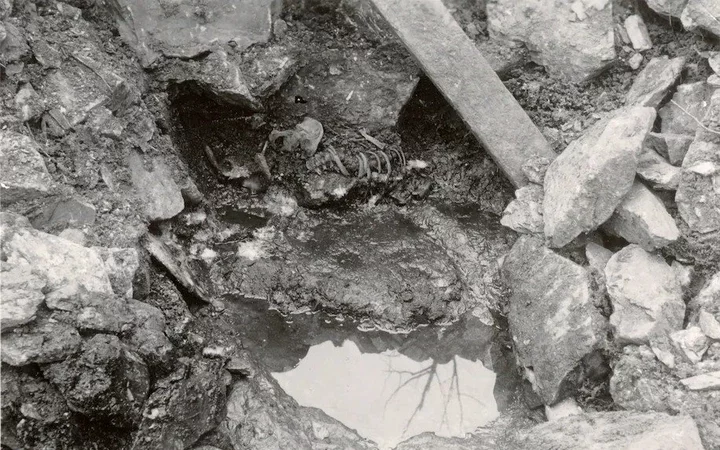
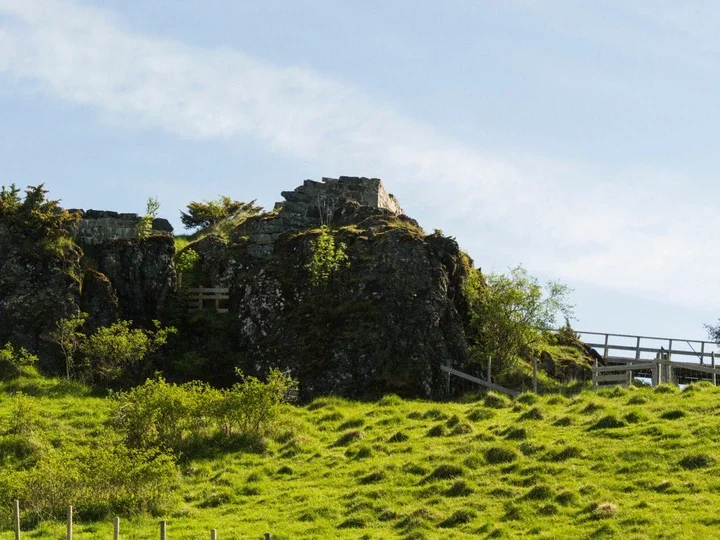
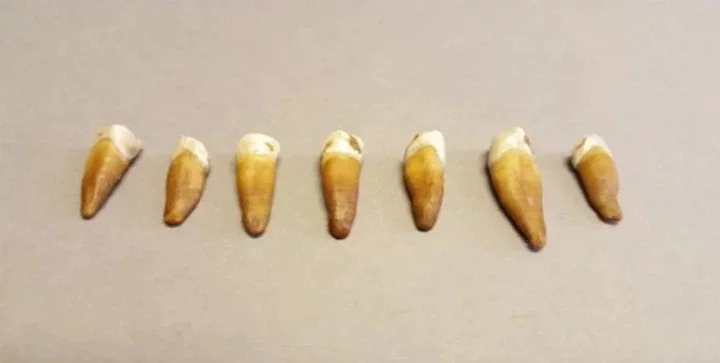
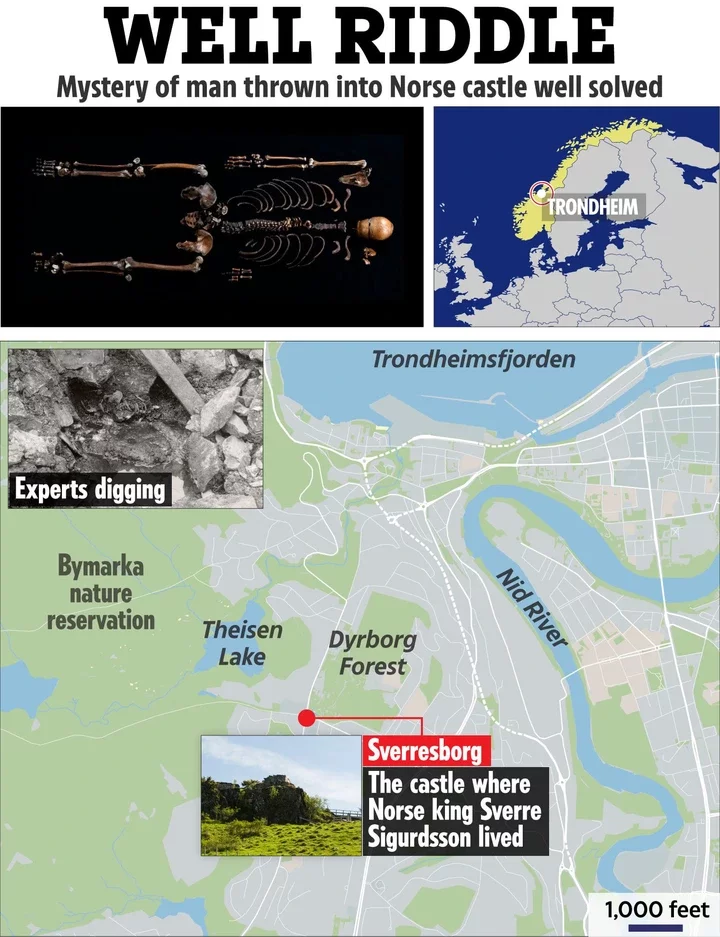
Now experts confirm his DNA belongs to a man who was chucked into a castle pit almost a century ago.
The Sverris saga is a text which chronicles the story of Sverre Sigurdsson who ruled Norway as its king from 1184 to 1202.
But an aspect of the saga that has always been shrouded in mystery is the identity of the "well-man" who was chucked during a military raid in 1197.
The 800-year-old saga suggests cruel raiders threw the man's body into the pit in a bid to poison the water source for the locals.
For centuries, scientists have had little to say about the identity of the "well-man" but researchers at a local university have since made a groundbreaking discovery.
They first dug up the infamous bones in the well in central Norway back in 1938 but limited techniques meant they could only carry out visual analysis.
During this excavation, some of his skeletal remains were discovered beneath large stones.
With the help of advanced technology like genetic sequencing and radiocarbon dating, experts now have clues on what he may have looked like.
Scientists found even more of the mystery man's bones in new excavations that took place in 2014 and 2016 - including parts of his left hand but not arm and a skull disconnected from his body.
Dozens of medieval skeletons in mysterious stone coffins unearthed by man renovating his cellar
The recent study suggests these bones belonged to a man aged between 30 and 40.
Experts from Norwegian University of Science and Technology's University Museum (NTNU) have since dated his remains to around 900 years, matching the timeline in the Sverris saga.
Lead study author Dr. Martin Ellegaard analysed tooth samples to uncover that "well-man" probably had a medium skin tone, blue eyes, and fair hair.
They also suspect he suffered from a blunt force injury to the rear left part of his skill and think his skull experienced two sharp cuts in another breakthrough.
Study coauthor Michael D. Martin from Norwegian University of Science and Technology's University Museum (NTNU) said: "This is the first time that a person described in these historical texts has actually been found.
"There are a lot of these medieval and ancient remains all around Europe, and they're increasingly being studied using genomic methods."
Dr Ellegaard said that the results suggested the man was closely related to people from south Norway.
This checks out as King Sverre's defeated army came from parts of central Norway, while the raiding Baglers were from the south.
Dr Ellegaard explained: "The biggest surprise for all of us was that the Well-man did not come from the local population, but rather that his ancestry traces back to a specific region in southern Norway.
"That suggests the sieging army threw one of their own dead into the well."
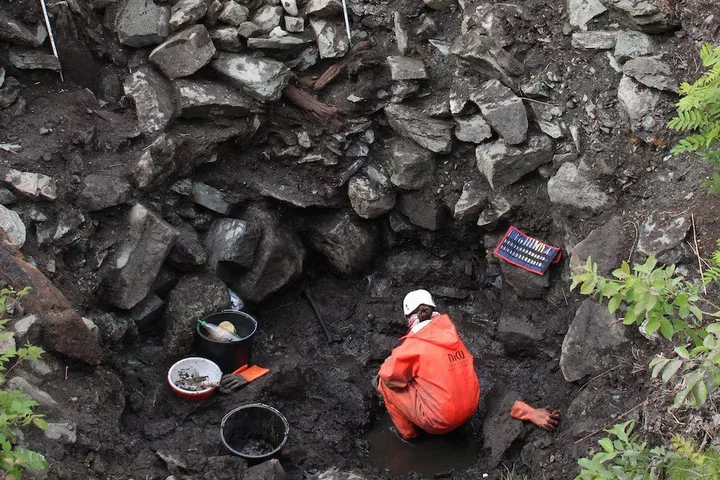

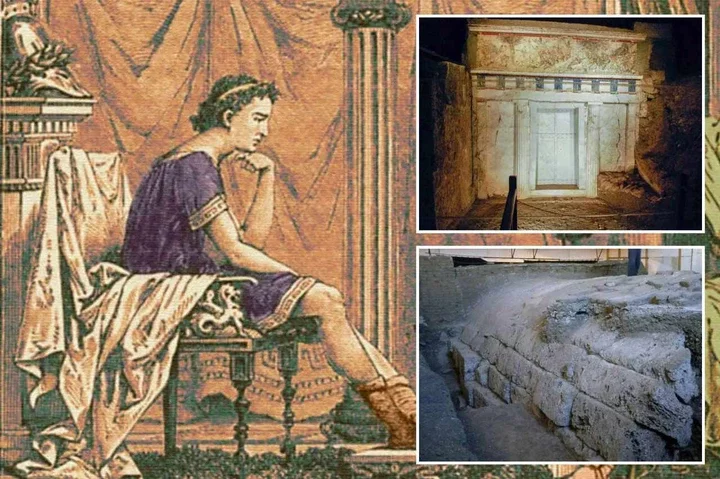

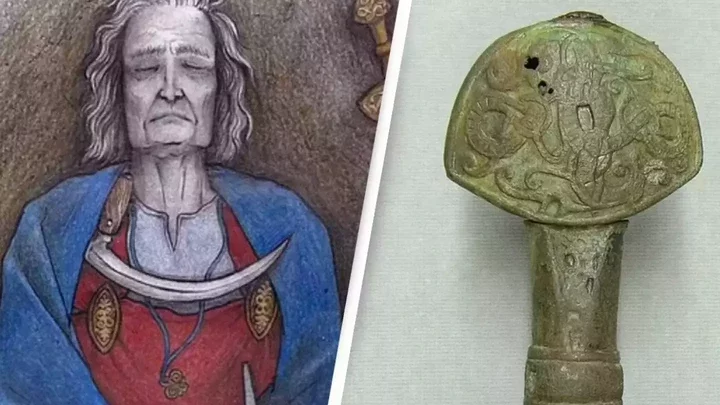













Comments